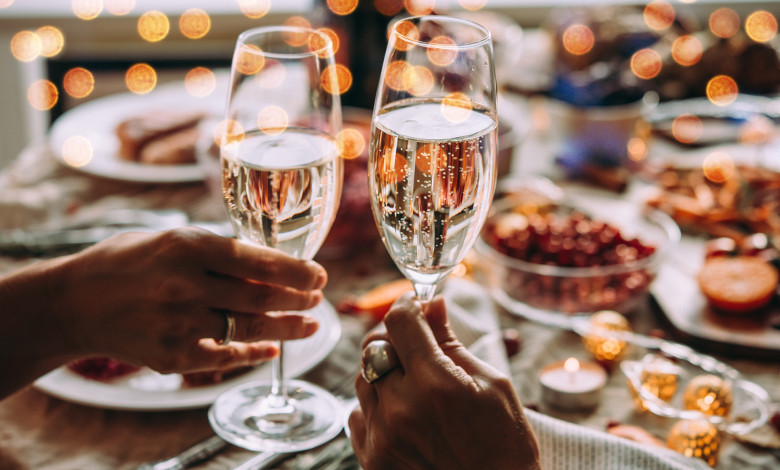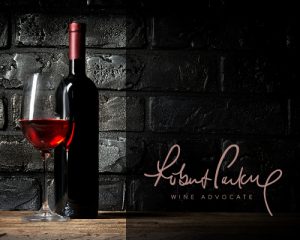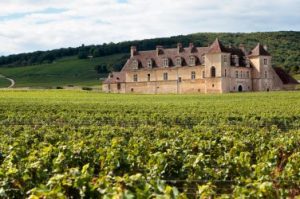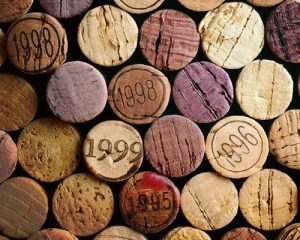
The French are known for their art de vivre, an appreciation for the finer moments in life. And what could be more fitting than a glass of champagne? Between the most prestigious champagne houses and top grower champagnes, vintage icons and classic bruts, whites and rosés…There’s a lot to discover in this emblematic region.
Champagne house or grower champagne?
Champagne is a symbol of luxury, the crème de la crème of special drinks, and our selection includes some of the region’s very best names. Bollinger, Taittinger, Drappier, Pol Roger, Jacquesson, Ruinart, and Moët & Chandon need no introduction, and their well-deserved reputation speaks for itself.
Alongside these champagne houses, though, are vintners carrying out exquisite work using grapes grown at their own estates. We’ve got Domaine Bedel, where Françoise and her son Vincent craft ‘haute-couture’ biodynamic cuvées, Domaine de Francis Boulard, known for its delicate, natural wines, Domaine Larmandier-Benier, masterfully managed by Sophie Larmandier and her husband Pierre, and Domaine Bérêche & fils, run by the family’s seventh generation at the estate.
Vintage icons or brut classics?
Why not open a vintage cuvée from one of the finest names in the region? The 2013 Cristal cuvée by Roederer was crafted for the first time in 1867 during the Paris Exhibition. The 2013 vintage is luminous, at once delicate with a strong character. The famous Dom Pérignon in its 2004 and 2008 vintages are not to be missed, with the estate itself judging that ‘the 2004 will mark the history of Dom Pérignon with its ease and generosity’. This is an intense champagne rich in notes of redcurrant and wild strawberry. 2008 was recorded as a ‘Champagne miracle after a year of grey skies, so at odds with a decade that was sunny to the point of insolence’. This vintage is complex and deep, enriched by notes of citrus and stone fruits. For something even more mature, we have the 1999 Amour cuvée from Deutz and the 1985 La Grande Dame from Maison Veuve Clicquot.
Also delicious and a must-have for your cellar are the low-dose, non-vintage brut cuvées. To give you just a glimpse of what’s on offer, we highly recommend champagnes from Jeaunaux-Robin, Castelnau, and Benoit Lahaye. These will serve nicely as an aperitif, bringing freshness and finesse with their lovely bubbles. Some of our favourite finger-food pairings include sliced ham, cheese gougères, and prawns.
White or rosé?
We’ve already spoken about quite a few white champagnes here, but allow us to introduce two purveyors of beautiful bubbles that have recently joined our network of partner domains: Elemart Robion and Val Frison. The former is found in the Ardre Valley, a 4.5-hectare estate where Chardonnay, Pinot Noir, Pinot Meunier, and Petit Meslier grapes are grown organically by Thierry and Catherine Robion. Their champagne cuvées are lively with a mineral profile, and you’ll find the brut nature VB03 cuvée as well as the single-parcel extra brut Les Monets in our selection. Val Frison is an estate south of Troyes, where Pinot Noir and Chardonnay are cultivated organically by Valérie and one of her sons. The idea is for each cuvée to express the terroir it comes from, and you can try the brut nature blanc de noirs Goustan, the blanc de blancs Lalore, and L’Eclos de la Côte.
Rosé champagne is somewhat rarer, becoming more and more coveted as wine lovers discover its magic. Made from a blend of red and white wine or from rosé de saignée, some of the highlights include Edition 22 by Krug, the rosé de saignée from Bourgeois-Diaz, Leclerc Briant, and Larmandier-Bernier, as well as Les Fioles Rosées brut from Huguenot-Tassin.



